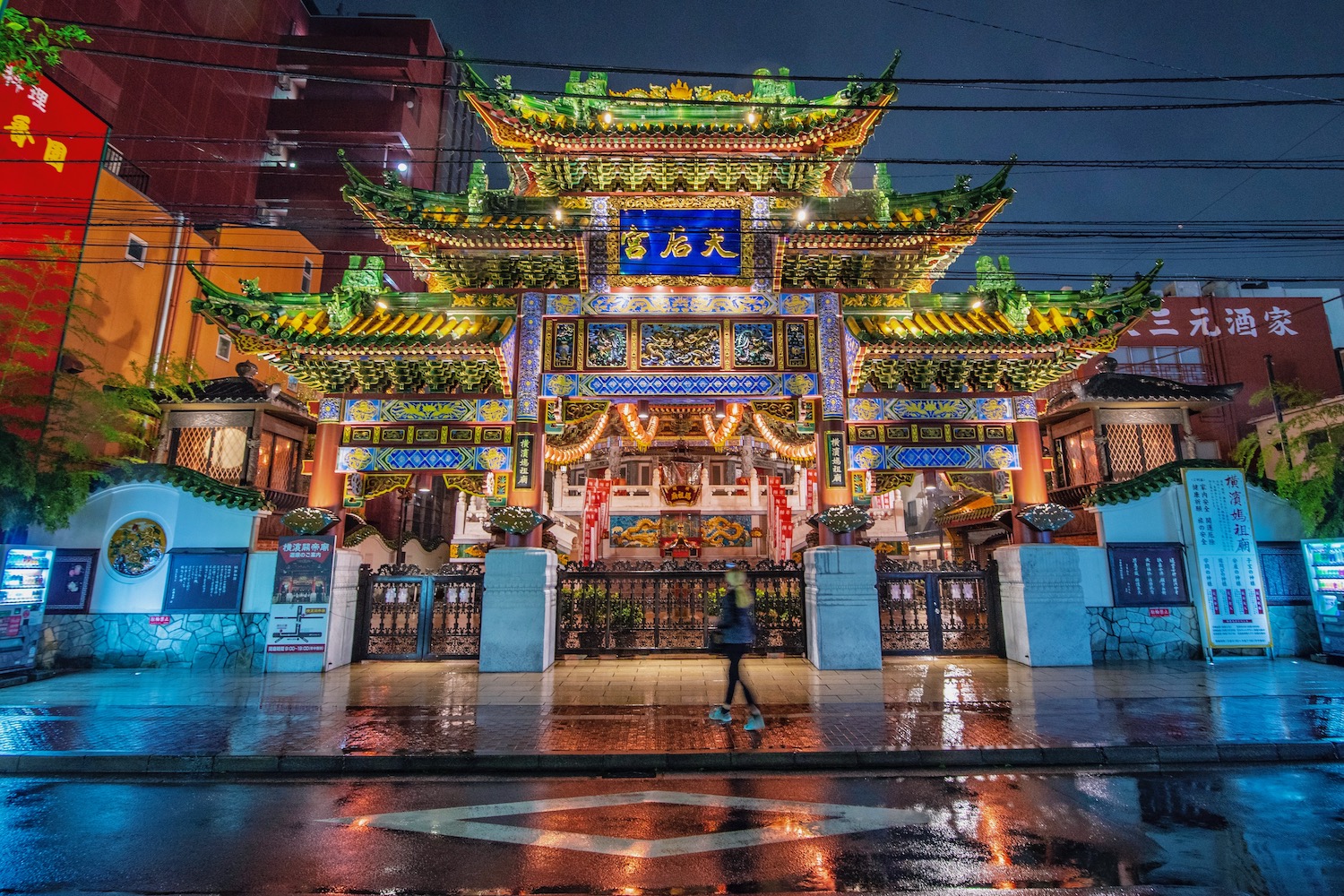I learned early on in my travels to be careful when mentioning Japan and China in the same sentence. This was even before I knew the extent of the World War II brutality that has led people on both sides to feel this way.
In spite of this, an inextricable truth remains: Chinese influence is inextricable from Japan, and not just past incarnations of the latter. Even exploring Japan in the 21st century, you’ll see many examples of Chinese culture and cuisine as you travel.
This is most acute as you explore the various Chinatowns in Japan, though you don’t necessarily need to be in Yokohama, Kobe or Nagasaki to appreciate Japan’s lingering Chinese character.
China Has Always Been a Part of Japan
While I obviously don’t mean this literally, China has always had a sizable influence on life in Japan—and I’m not just talking in terms of Japan Chinatowns. If you go back in Japanese history (and I mean all the way back in Japanese history), the travels of early Japanese diplomats to ancient China influenced their impressions of how Japanese society should be constructed.
Japan is not China, and it never has been. Rather, I’d say the relationship of Japan to China throughout time has been like the one between Australia and New Zealand. While the development of modern societies on either side of The Ditch has been similar, a notable contrast has been that while physical casinos exist in Australia, Kiwis have to play games including popular pokies in an online setting (if at all).
Japan’s Chinatowns (Official and Unofficial)
Yokohama
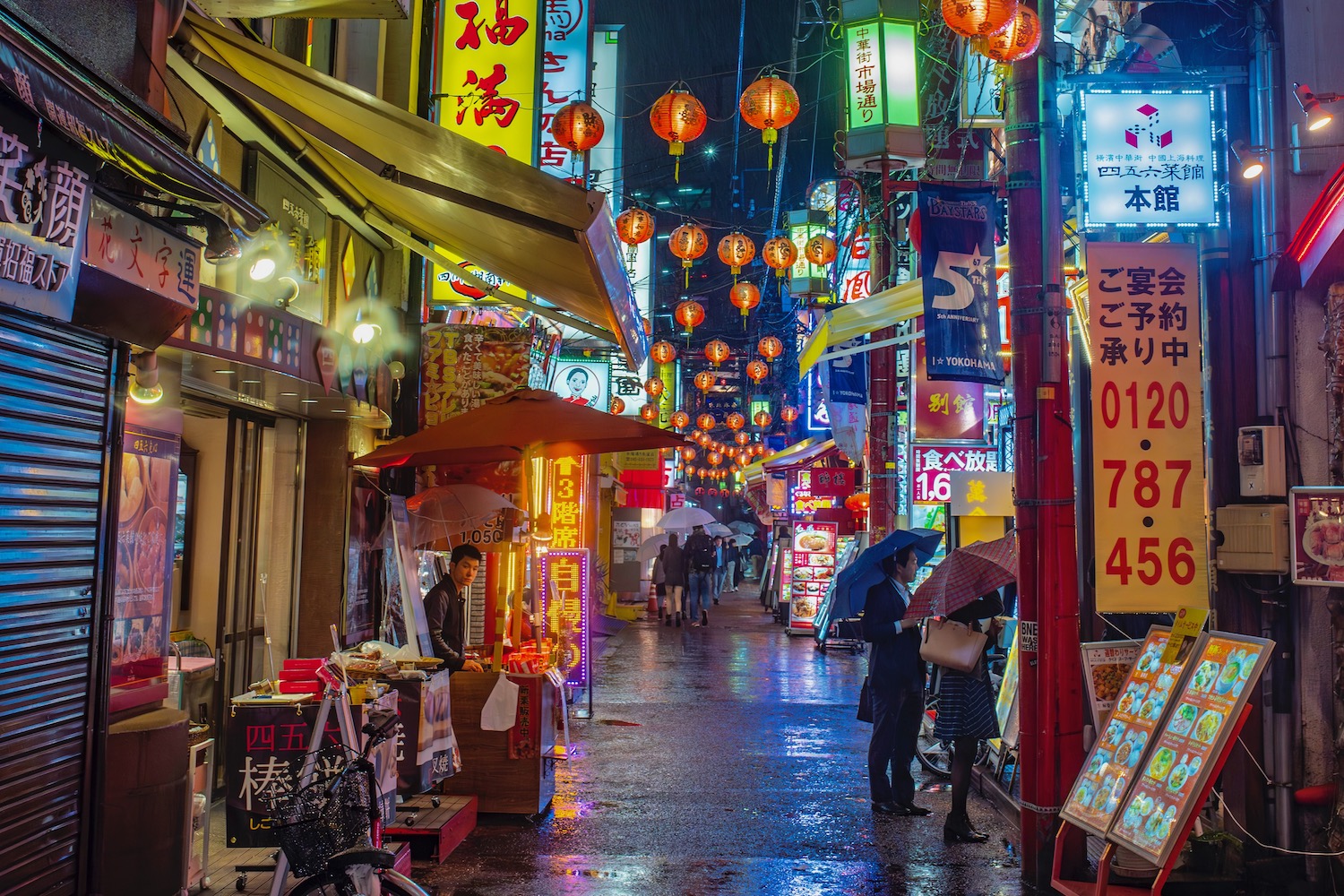
The most convenient of Japan’s three “main” Chinatowns to Tokyo, Yokohama Chinatown is the first one I ever visited. It’s a delight to explore and discover, whether you eat at a traditional Cantonese restaurant with items shared around a huge, round table, or venture out in the darkness to practice your nighttime photography skills at Kuan Ti Miao Taoist temple.
Kobe

Planning to spend most of your trip in the Kansai region, rather than Tokyo? A more convenient Japanese Chinatown is Kobe Chinatown. Located near Motomachi Station only a short walk both from Sannomiya and the Kobe Port Tower, Kobe’s Chinatown is slightly more modest than the one you find in Yokohama. I like contrasting the traditions here with those “up the hill” in Western-inflected Kitano-cho.
Nagasaki
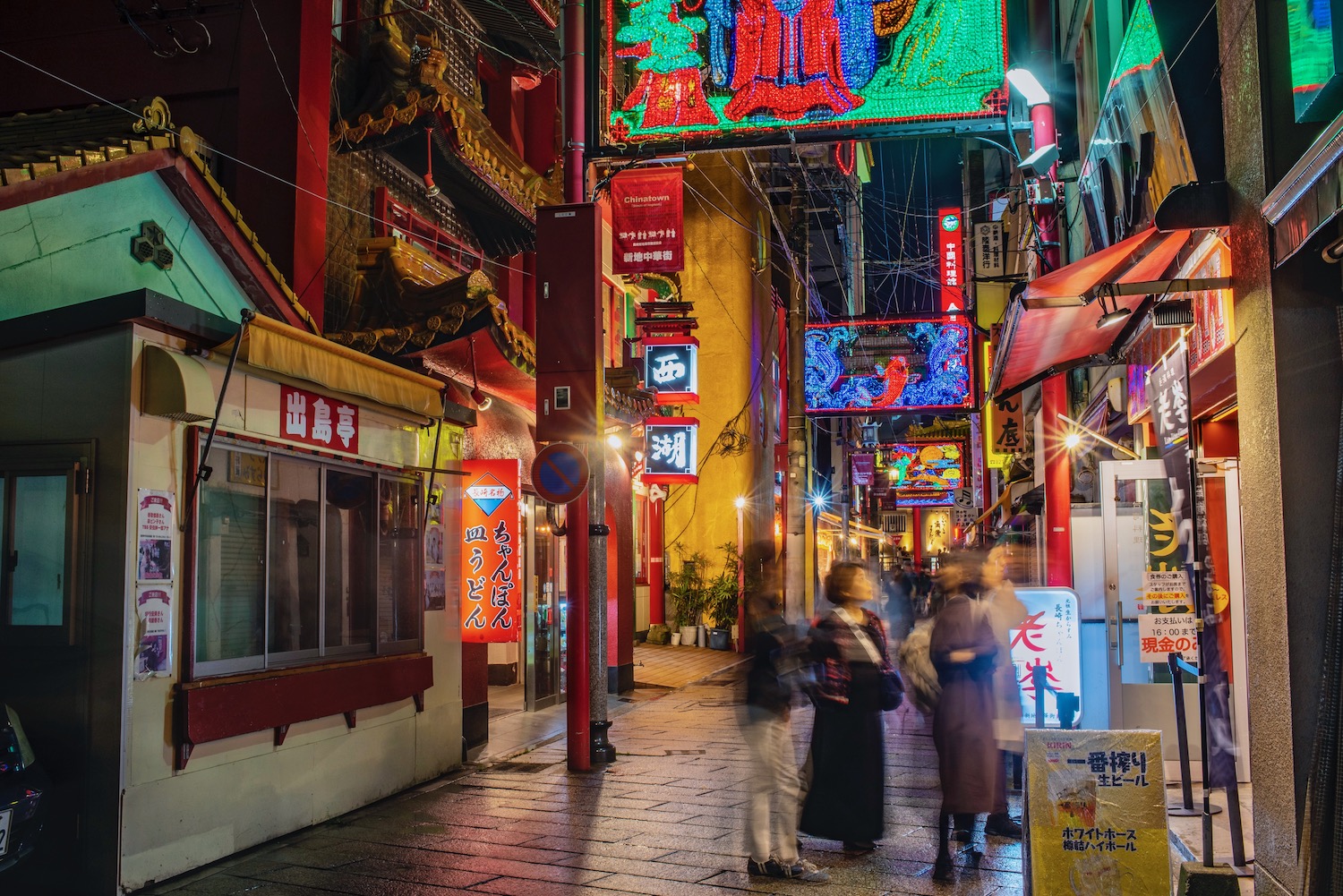
As I write this article and think back on more than a decade of travel, it seems hasty to declare Nagasaki Chinatown my “favorite.” On the other hand, it is a delight to explore, especially at night. It’s near the former Dutch settlement of Dejima, so whether you’re eating Chinese chanpon beneath its colorful lights or visiting the Spectacles Bridge (which could just as well be in Europe), you’re sure to enjoy yourself.
Ikebukuro
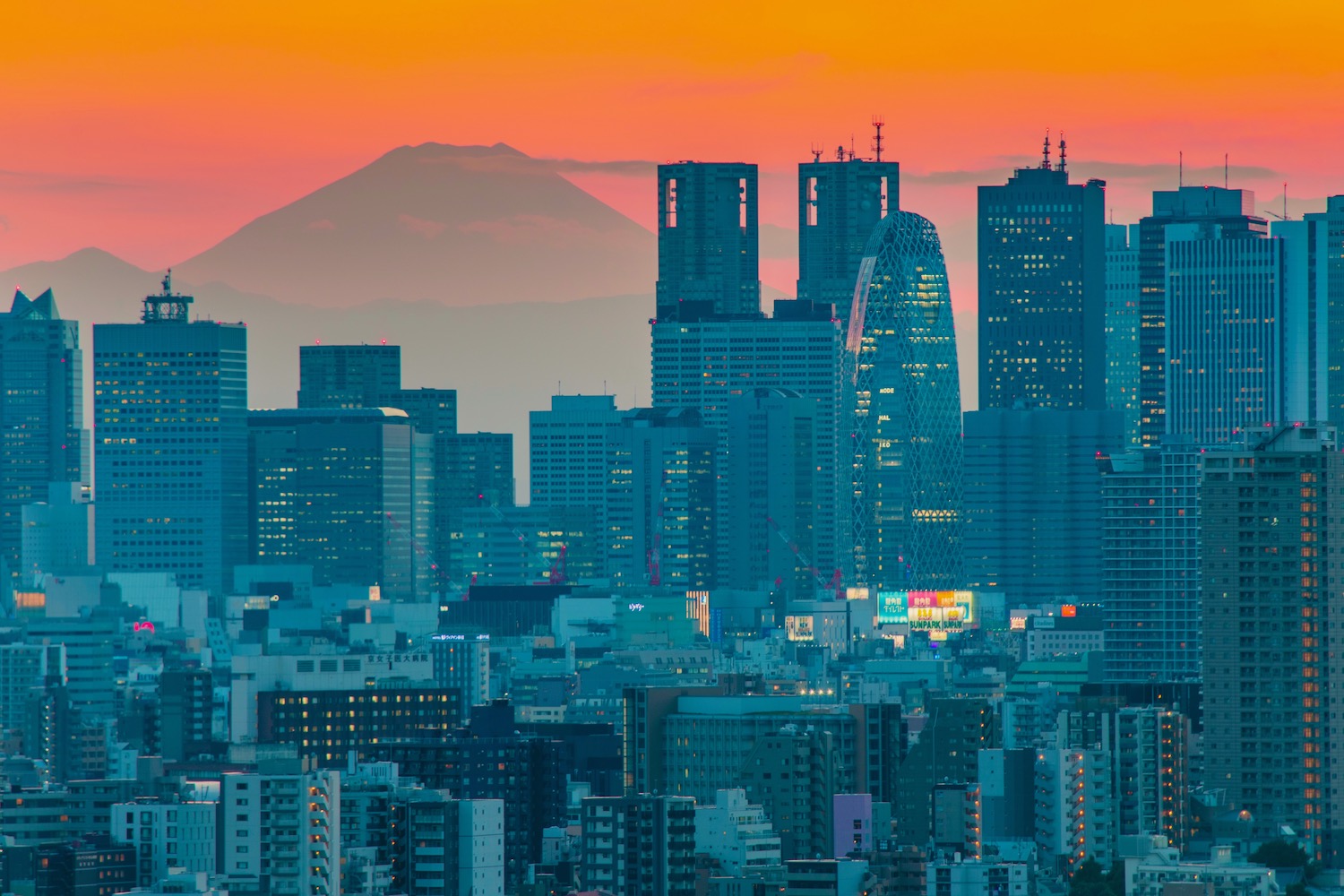
While Tokyo’s Ikebukuro district is not an official Japan Chinatown, it is extremely convenient. Located on both the JR Yamanote Line and at the western end of the Tokyo Metro Marunouchi Line, Ikebukuro is a place you’re likely to be anyway. Take note of the dozens of Chinese businesses (and people) everywhere, even if you only come here to enjoy the view from Sunshine City Observatory.
Tohoku
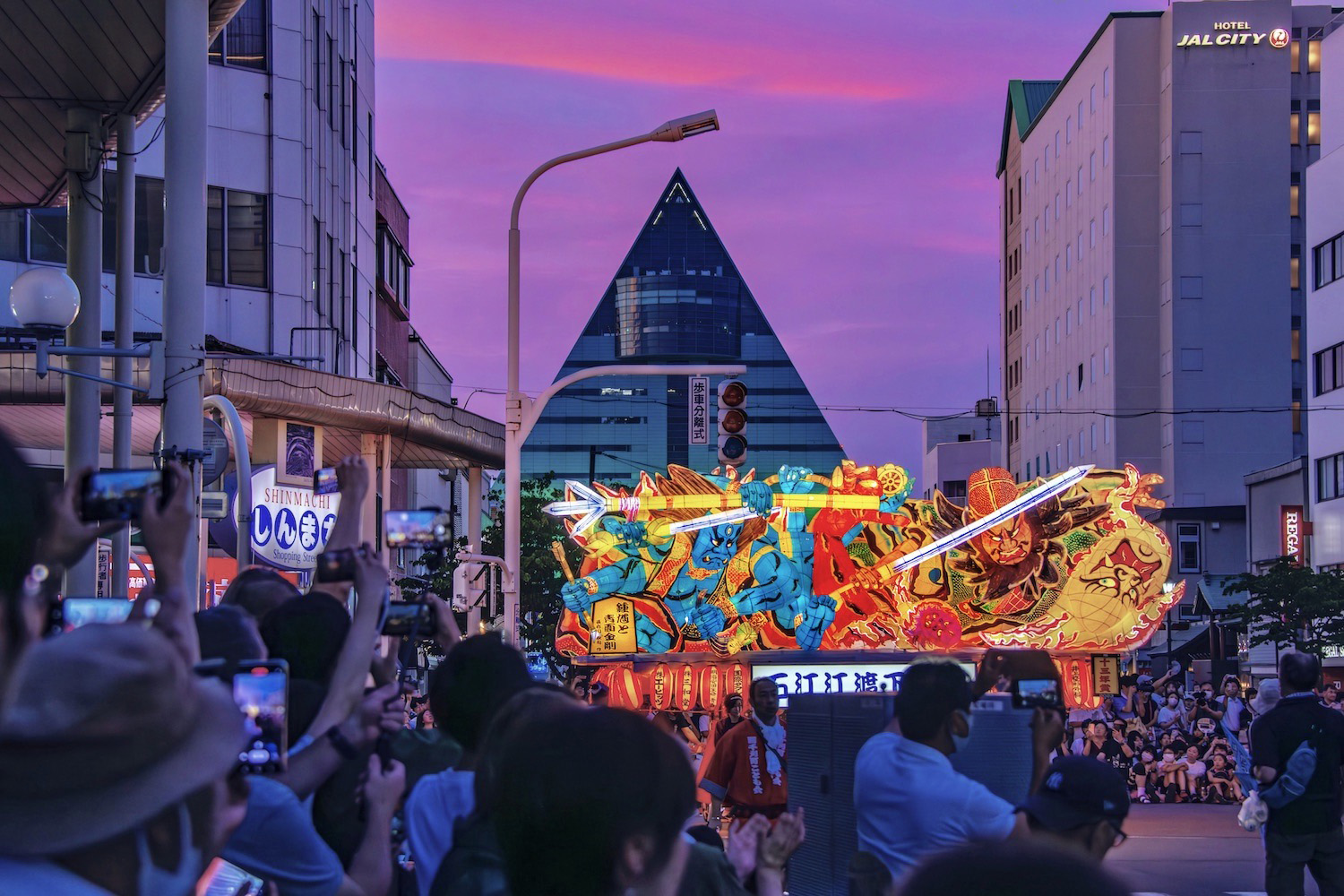
Neither Aomori nor Sendai cities are visibly more Chinese than anywhere else in Japan. However, coming to the Tohoku region where you find them, at least in the summer, can expose you to quintessentially Japanese experiences that are Chinese in origin. I’m speaking, of course, about Sendai’s Tanabata festival and the Aomori Nebuta Matsuri, two of Japan’s top summer festivals.
The Easiest Way to Experience China in Japan
Don’t have space in your itinerary to experience any of the conspicuously Chinese places or events in Japan? Eat these foods instead:
- Although it’s regarded as a quintessential Japanese food these days, ramen noodle soup originated in China, and has more in common with Chinese cuisine than most Japanese food.,
- Love gyoza? Whether you eat it in Japan under this name, or have enjoyed “pot stickers” in the US or Europe, these crispy dumplings are Chinese through and through.
- While tantanmen shares characters with Chinese dan dan mian, the noodles you find in Japan’s Akita aren’t quite the same as what you find in China’s Chengdu, though they’re both spicy and delicious.
As you can see, finding Chinese influence in Japan is often simply a matter of sitting down for a meal. Leave a comment below to let me know which one you find most delicious.
Other FAQ About Chinatowns in Japan
How many Chinatowns does Japan have?
Japan has three proper Chinatowns, located in Yokohama, Kobe and Nagasaki cities. Additionally, you can find sizable Chinese influence in Tokyo’s Ikebukuro ward, and also by attending summer matsuri in Sendai and Aomori cities in the Tohoku region.
What is Japan’s oldest Chinatown?
Japan’s oldest Chinatown is the one in Nagasaki, which dates back several hundred years. This makes sense, of course, given that Nagasaki is closer to China than Kobe or Yokohama; during the sakoku period, Nagasaki was the only Japanese port open to foreign ships.
Is it worth going to Yokohama Chinatown?
Yokohama’s Chinatown is an awesome place to visit, though I can understand why you might not consider it worth a day trip from Tokyo on its own. I sometimes like stopping here in the evening after a morning in Kamakura, or after I’ve spent the daylight hours at Yokohama’s Sankei-en garden.
The Bottom Line
Chinatowns in Japan are the places where it’s easiest to observe Chinese influence in modern Japan, but that’s not the only place where it’s visible. Even as far back as the Jomon and Yayoi periods, Chinese influence in Japan has been impossible to mistake. However, when you visit Chinatowns in Kobe, Yokohama or Nagasaki, you can often forget that you’re in Japan at all. This is to say nothing of Japanese cuisine like gyoza and ramen, which actually have their origins in China. Need personalized help putting your next Japan trip together? Consider hiring me to plan your itinerary!



